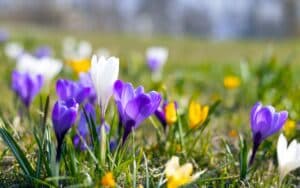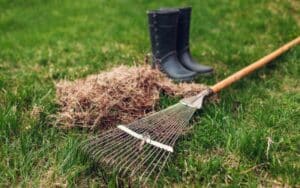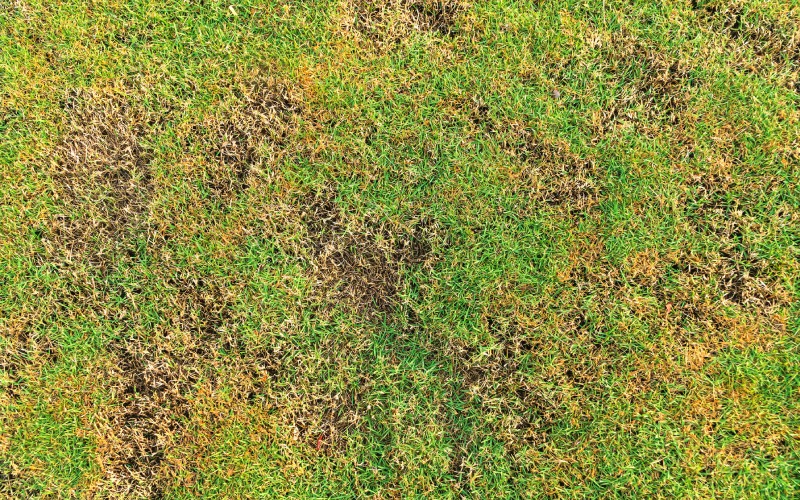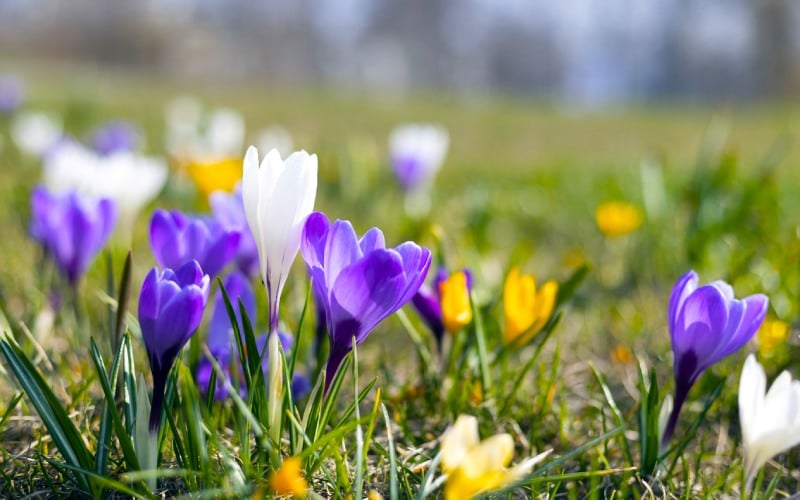From those who have green fingers to people who don’t like to get their fingers too dirty, everyone wants the secret to a persistently flowering garden. With plants that grow from a bulb, they can offer just this.
While many plants wither and die after a year or maybe two, plants which grow from a bulb can theoretically survive indefinitely. If properly cared for, bulbs will continue to rise and fall back into their shell on a yearly cycle. So just how should you care for them and what are the secrets to achieving regular blooms?
Learn How to Care for Bulbs
What’s in a Bulb?
- True Bulbs The stereotypical image of a bulb, they are essentially a tiny plant packaged inside many shells of modified leaves referred to as layers. One common bulb that everyone is familiar with is the onion, however, many common plants such as the narcissus or tulip have the same flat-bottomed globe-shaped bulb which typically identifies this type of bulb.
- Corms – Although similar to a true bulb in appearance a corm is fundamentally different inside. Rather than being comprised of a series of layered sections, they are more like a marshmallow with a fleshy centre underneath their outer skin.
- Tubers – Similar to a corm, tubers have a solid tissue centre beneath their outer layer. Unlike a corm or true bulb, they don’t have a specific top or bottom. Instead, they have several “eyes” from which they grow their shoots and roots, meaning they can be planted in any given direction. A common type of tuber which everyone is familiar with is the potato.
- Tuberous Roots – While a tuber is a modified shoot, there are other plants which grow from a modified root. Similarly containing a starchy interior to feed the young plant, a sweet potato is a good example of a tuberous root.
- Rhizomes – While bulbs are a modified storage organ, rhizomes are a modified stem. Effectively a horizontal pipe which grows along the underside of the ground’s surface, these don’t have to be in the form of a straight pipe, with ginger one such plant that grows from a rhizome.
Planting Bulbs for Your Garden

This even includes the season in which they will flower and the amount of sunlight they need, meaning all bulb plants require specific conditions to gain the most from them and prevent them from dying.
But while it’s best to check individual species for their requirements, there are some general practices which can be applied to bulbs.
General Maintenance of Your Bulbs
Once you’ve planted your bulbs in their preferred spot, keeping the soil around them moist is essential. While it should be soft to the touch, too much or too little water will be equally bad for your plants. The use of a phosphorus or potassium-rich fertilizer is also advised to provide them with an extra source of food.

In creating the perfect growing conditions for your plant, you will invariably attract other plants to the area. Keeping the area clear of weeds is a never-ending battle which can be laborious, it can be relaxing, but it will be hugely beneficial.
Not only will weeding make your garden look prettier, it will also ensure there’s more food available for the plants you want to grow. If you have a particularly dense amount of weeds to remove, using a good quality weed wacker is a quick and easy way to winning the battle for your plants.
Fading Flowers
Once the flowers have wilted and faded from their full glory, it can be tempting to immediately remove them from your garden. With no more flowers providing that desired splash of colour replacing them with new plants can seem like a good idea, especially when summer is approaching.
While these plants can appear little more than an unsightly mess of tangled leaves, they are at an important stage in their development. If you either cut or tie back the leaves in an effort to tidy your garden, it can seriously damage the plant’s chances of growing again next year.

The leaves capture the sun’s light energy which then is transferred as chemical energy down into the bulb below the surface. What you can do, however, is “deadhead” the plants. In removing the finished flowers, the plant will then send all of this energy into the bulb rather than trying to produce seeds behind the old flower heads.
Trimming Plants
The time to cut back the foliage is around six weeks after you’ve deadheaded you flowers. During this time you should continue to water and maintain your plants as you did before they flowered. Ideally, the leaves should only be removed when they begin to naturally die, indicated by them discolouring and drying into a straw-like state.
To hide the fact that your plants have no flowers, many gardeners plant different types of flowers together. By striking a balance between the types of plants in any given flower bed, you can ensure you always have some in bloom to prevent a sea of green leaves filling the view.
Bulb Retrieval
Depending on where you have planted your flowers, you may wish to lift them out of the ground to store them for next year. For plants located under shrubs or in grassy areas, they can be left alone as their surroundings will naturally protect them.
For bulbs planted in pots, flower beds, and other parts of your garden, lifting them out of the ground will help them survive and free up space for you to use for something else.

Once the leaves have receded, carefully dig them up with a fork mindful not to puncture or damage the bulb itself. Clean any loose soil from them and trim the roots before leaving to dry for at least a day.
When they’re dry, check for any damaged or diseased bulbs which should be discarded to prevent causing a problem to the healthy bulbs. These can then be stored in a net sack or paper bag in a cool, dark, dry place, ready for next year when the whole process can begin again.















